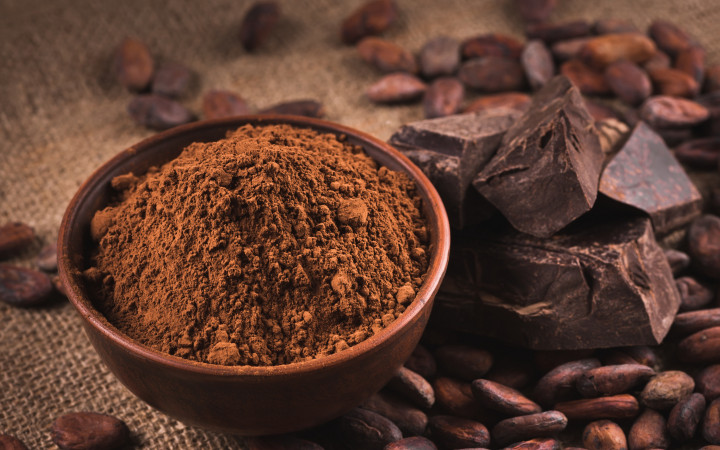Today’s Wonder of the Day was inspired by Tim. Tim Wonders, “What is Fair Trade?” Thanks for WONDERing with us, Tim!
Imagine you have a garden. What would you grow? Will you plant tomatoes, cucumbers, and onions? How about peppers or asparagus? It can be so rewarding to work hard and grow your own food.
Now, imagine a person comes along who wants to buy the food you grew. This person is from a place where they don’t have peppers, so they want to buy extra for their neighbors. They pay you ten cents for each vegetable they take. You’ve made money with your garden. That’s great!
But now, imagine that person sells the vegetables instead of giving them away. You find out they’re selling them for one dollar each. That’s ten times the amount they paid you! As time goes on, they keep raising the price for their neighbors. Still, they refuse to pay you more. Eventually, they’re buying your vegetables for ten cents and selling them for two dollars. Does that sound fair to you?
Many people would say it sounds pretty unfair. After all, shouldn’t you be paid more, as you’re the one growing the vegetables? If you think so, you're not alone Many people want to know those who grow their food and make other products are treated well. But how can they make sure this is happening?
One answer is by buying products that are certified as fair trade. Today, many organizations exist to promote fair trading practices around the world. They pay attention to how companies work with producers, especially those in countries without much government protection. If a company is trading fairly, it can sell products with a fair trade sticker on them.
How does a product get labeled as fair trade? Generally, the people who produce it are fairly paid, have good working conditions, and are not discriminated against. It also means the company doesn’t use child labor and that it respects the environment. Finally, it means that the seller contributes to the community the product comes from.
This community contribution is often called the “premium fund.” It’s an account with money that will go towards a community project agreed upon by management and workforce. The premium fund is used for a variety of things. Sometimes, it’s used to give every employee a bicycle if they don’t have reliable transportation. In other places, it might be used to build a school for the workers’ children. It might also be used for health insurance and food for workers.
Think about your garden again. What could you do if you were paid fairly for your vegetables? You might make your garden larger and grow food for more people. You could buy better tools to work faster. Eventually, you may even hire helpers. With a premium fund, you could help your employees get to work or buy health insurance. Because of fair trade, you’re able to grow more food, make more money, and give jobs to others.
By purchasing fair trade products, you could be helping kids in another country go to school. You might even be helping families buy their groceries or pay for transportation. It’s all about making sure people are treated fairly. The next time you‘re at the store, look for that label on the products you’re buying. Who might you be helping by shopping fair trade?
Standards: C3.D2.Eco.1, C3.D2.Eco.2, C3.D2.Eco.3, CCRA.L.3, CCRA.L.6, CCRA.R.1, CCRA.R.2, CCRA.R.10, CCRA.W.1, CCRA.W.2, CCRA.W.7, CCRA.W.8, CCRA.W.9, CCRA.L.1, CCRA.L.2, CCRA.SL.1, CCRA.SL.2




